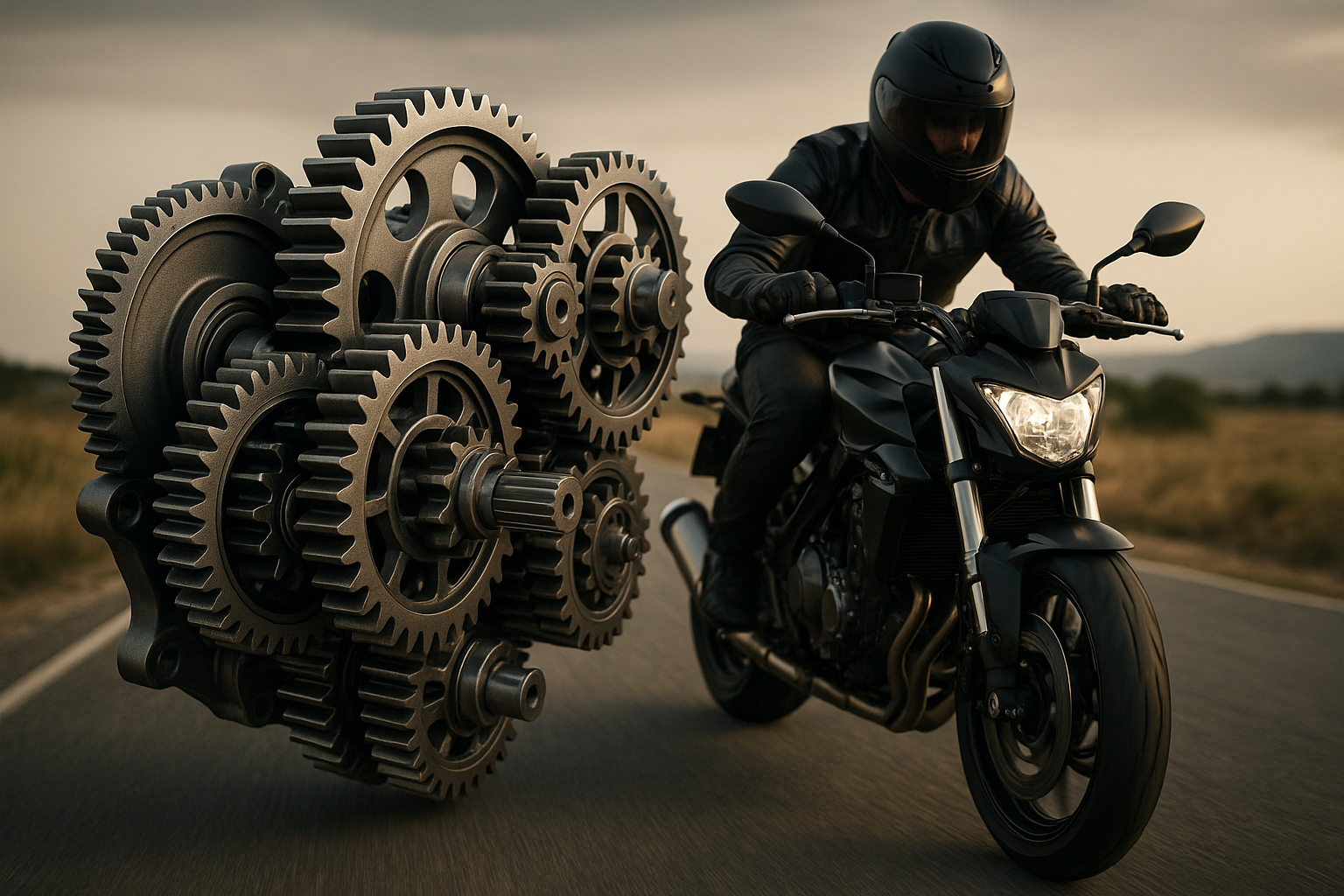Meet the 2026 Harley-Davidson Sprint
While no official information exists about a 2026 Harley-Davidson Sprint model, motorcycle enthusiasts often speculate about future releases from major manufacturers. Harley-Davidson's current lineup includes various categories from street bikes to touring motorcycles, each designed for different riding preferences and experiences. Understanding how motorcycle development typically works can provide insight into what future models might potentially offer.

Understanding Motorcycle Model Development
Motorcycle manufacturers typically plan new models several years in advance, conducting extensive research and development before official announcements. The process involves market analysis, engineering development, testing phases, and regulatory approval before any new motorcycle reaches production status.
Harley-Davidson follows industry-standard development cycles, often revealing concept motorcycles at trade shows before finalizing production specifications. Official announcements usually occur 6-12 months before a new model becomes available to consumers, providing detailed specifications and confirmed pricing information.
Current Harley-Davidson Model Categories
Harley-Davidson’s existing lineup spans multiple categories designed for different riding styles. The Sportster series targets urban riders and newcomers with smaller engines and approachable handling characteristics. Softail models offer classic cruiser styling with modern engineering and comfort features.
Touring motorcycles provide long-distance capability with large engines, comfortable seating, and integrated storage solutions. The Pan America series represents Harley’s entry into adventure touring, featuring off-road capability and advanced electronic systems. Electric models like the LiveWire demonstrate the company’s exploration of alternative powertrains.
How Motorcycle Specifications Develop
New motorcycle specifications emerge from extensive engineering processes that balance performance, efficiency, and regulatory compliance. Engine development considers power output, emissions requirements, and fuel economy targets while maintaining brand-characteristic sound and performance.
Chassis design incorporates rider ergonomics, handling characteristics, and safety requirements. Suspension systems receive calibration for intended use cases, whether urban commuting, highway touring, or recreational riding. Electronic systems integration continues expanding across all motorcycle categories as technology becomes more affordable and reliable.
Motorcycle Pricing Structure Analysis
Motorcycle pricing reflects manufacturing costs, market positioning, and competitive factors within each category. Entry-level motorcycles typically focus on affordability while premium models incorporate advanced features and materials that justify higher prices.
| Category | Typical Price Range | Common Features |
|---|---|---|
| Entry Cruiser | $8,000 - $12,000 | Basic engine, standard features |
| Mid-Range Cruiser | $12,000 - $18,000 | Larger engine, comfort upgrades |
| Premium Touring | $20,000 - $30,000 | Advanced electronics, storage |
| Luxury Touring | $30,000+ | Premium materials, full feature sets |
Prices, rates, or cost estimates mentioned in this article are based on the latest available information but may change over time. Independent research is advised before making financial decisions.
Motorcycle Purchase Considerations
Buying any motorcycle requires careful consideration of intended use, experience level, and budget constraints. New riders often benefit from starting with smaller, more manageable motorcycles before progressing to larger or more powerful models.
Insurance costs vary significantly based on motorcycle type, engine size, and rider demographics. Maintenance requirements differ between manufacturers and model types, with some requiring more frequent service intervals or specialized parts availability.
Financing options through manufacturers or independent lenders can affect total ownership costs. Extended warranty programs may provide additional protection for electronic systems and major components. Resale value considerations can influence long-term ownership economics, particularly for riders who change motorcycles frequently.
Motorcycle ownership represents a significant investment that extends beyond the initial purchase price to encompass insurance, maintenance, safety equipment, and ongoing operational costs throughout the ownership period.




